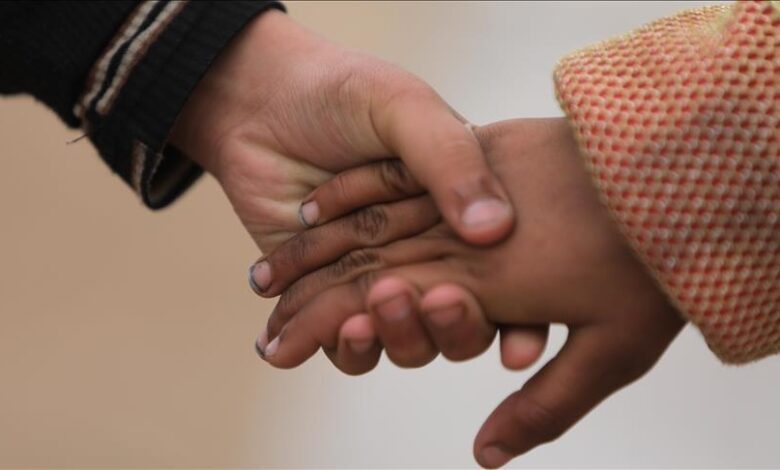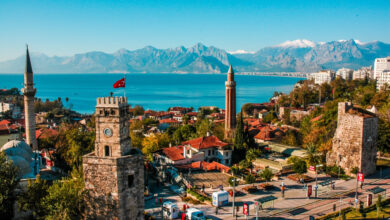Child labor in cocoa production ‘akin to slavery’
3.3M children are in situations of forced labor, while 79M are engaged in hazardous work: International Labour Organization

Child labor in cocoa production is “akin to slavery,” with the agricultural sector the largest employer of child laborers, Anadolu agency reports.
More than one in five children in the world’s poorest countries are engaged in child labor and sub-Saharan Africa has the largest proportion of child laborers aged between five and 17, according to the latest data from the International Labour Organization (ILO).
Slightly more than one in four children are engaged in labor that is considered detrimental to their health and development in the least developed countries.
The international community has committed to ending child labor by the end of 2025, yet 3.3 million children are still in situations of forced labor, while the total number of children trapped in child labor around the world rose to 160 million by 2020 and is expected to hit 168.9 million at the end of 2022, according to ILO.
Meanwhile, around 79 million children today are engaged in hazardous work.
Switzerland, EU ‘should establish funds to compensate for child slavery’
ImpACT International, a London-based think tank, has urged Switzerland and the European Union to provide financial compensation for child slavery, as many Swiss and European companies “have engaged in and continue to exploit through supply chains to maximize financial profits at the expense of the vulnerable.”
The think tank said Sunday that around 1.5 million children work in the cocoa fields in Ivory Coast and neighboring Ghana which produce 60% of the world’s cocoa supply.
Farmers in cocoa fields earn an estimated $0.78 in Ivory Coast and $1 in Ghana per day, way under the World Bank’s extreme poverty line of $2.15.
A previous study by ImpACT “found that chocolate heavyweights such as Nestlé, Hershey’s and Mars were selling products made in part using child labor in western Africa” that “is akin to slavery.”
“These children are, in many cases, forced to work hard for periods of up to 80 to 100 hours per week in hazardous working conditions that jeopardize their safety,” it said.
Thousands of children are smuggled from neighboring African countries into Ivory Coast to work in agriculture, according to the study, and they are under “unfair working conditions, receiving insufficient food and being subjected to physical violence or threats, especially if they attempt to flee.”
“Furthermore, the study discovered that a large number of children on West African farms work for free, with the number of unpaid children estimated to be twice as large as those who are paid for their work on cocoa farms,” it said.
In May, a group of UN human rights experts welcomed the adoption of the Durban Call to Action on the Elimination of Child Labor in a joint statement.
“The Call emphasizes the need for urgent action because the COVID-19 pandemic, armed conflicts, along with food, humanitarian and climate change threaten to reverse years of progress against child labor. We echo the call for urgent measures to address this tragedy and remain deeply concerned that millions more children will be soon pushed into work, which can seriously jeopardize their physical and mental health,” they said.
Child Labor Monitoring and Remediation System
As an international goal set for 2025, some European companies in Africa began the Child Labor Monitoring and Remediation System (CLMRS) to support children in cocoa farming households and prevent child labor.
The world’s largest food and beverage company, Nestlé, announced a new plan to tackle child labor risks in cocoa production in January.
So far, 159,783 children in Ivory Coast and Ghana have received support through CLMRS, the Swedish company said.
For its part, the American chocolate company Hershey’s began the CLMRS in 2021 and has covered 102,942 children so far.
According to the company, 1,899 children were found to no longer be doing inappropriate work or have aged out of the program.



